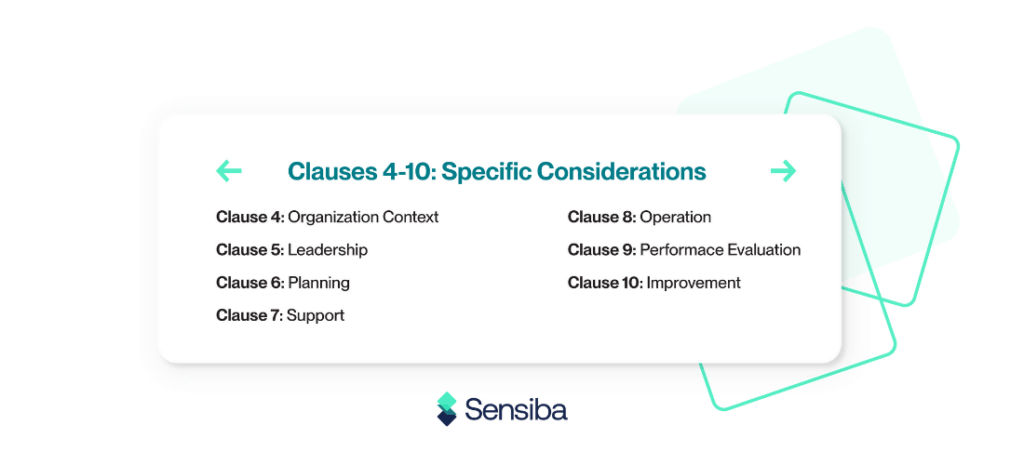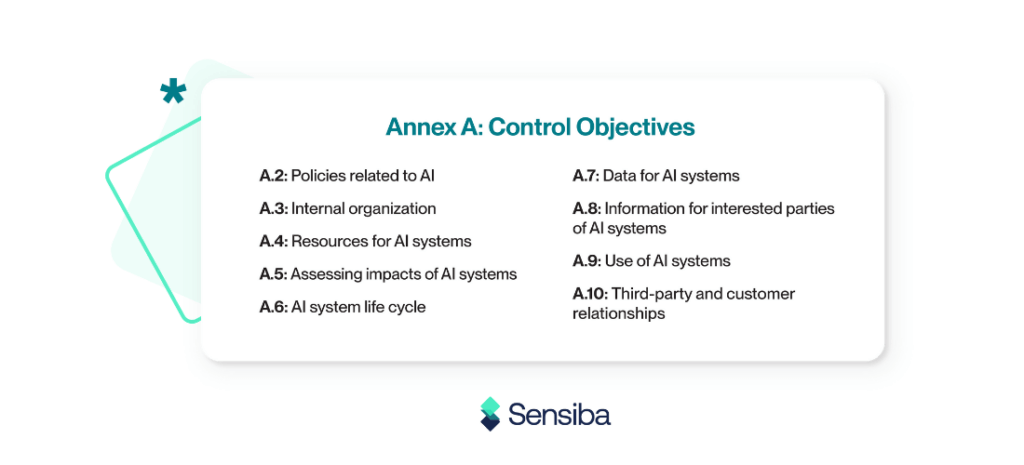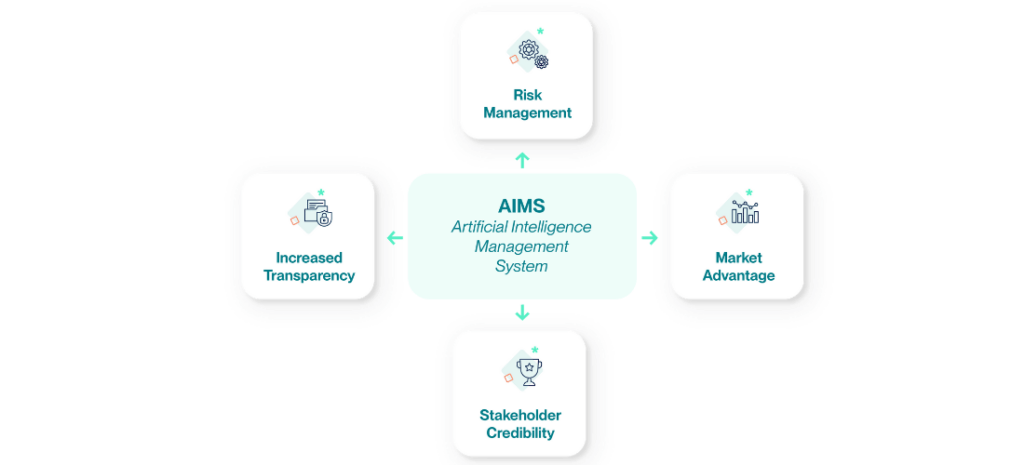When handling sensitive health data, HIPAA compliance isn’t optional—it’s legally required. For startups entering the healthcare space or SaaS companies expanding into health tech, understanding the requirements of the Health Insurance Portability and Accountability Act (HIPAA) is essential to reducing risk and building trust.
What Is HIPAA?
HIPAA is a U.S. federal law enacted in 1996 to safeguard Protected Health Information (PHI). It sets strict requirements for how PHI must be accessed, stored, and shared, and it applies to healthcare providers, insurers, and any vendors or “business associates” that process PHI on their behalf.
HIPAA and Startups
For early-stage companies, HIPAA compliance can seem overwhelming. Limited resources and competing priorities often make it difficult to know where to start. The key is to focus on a few foundational elements:
- Encrypt PHI during transmission and at rest
- Implement strict access controls
- Conduct regular risk assessments and internal audits
By focusing on these areas, startups can build a scalable compliance foundation without stalling innovation.
HIPAA and SaaS Companies
For SaaS providers handling PHI, HIPAA should be a central part of your security and infrastructure strategy. This includes ensuring your application architecture, hosting environment, and data storage align with HIPAA’s technical safeguards.
Working with a HIPAA-compliant cloud provider is a good start, but it’s not enough. Your team is still responsible for ensuring the software you build includes essential features like encrypted communications, user access controls, audit logging, and breach notification processes.
Can Software Be HIPAA Compliant?
Technically, software can be built to support HIPAA compliance, but software alone isn’t compliant. True HIPAA readiness involves a combination of secure technology, documented policies, employee training, and consistent enforcement. Even the most secure platform can become a liability if people or processes fail.
Automating HIPAA Compliance
Automation can dramatically reduce the complexity of managing HIPAA compliance. Tools that streamline risk assessments, policy management, training, and documentation can reduce manual error and scale with your company’s growth.
For SaaS companies, integrating compliance checks directly into the software development lifecycle is a practical way to maintain HIPAA standards as new features are released.
The Myth of HIPAA Certification
There is no official “HIPAA certification.” Instead, companies may undergo independent audits or assessments to evaluate their compliance posture. These audits don’t result in a government-issued certificate, but they can serve as critical proof of due diligence to clients, partners, and investors.
Making HIPAA Compliance Work for Your Business
HIPAA compliance is a significant responsibility, but it’s manageable with the right systems and guidance. By focusing on key requirements, leveraging automation, and embedding compliance into your operations, you can protect sensitive data while supporting business growth.
Whether you’re a health tech startup or an established SaaS company expanding into healthcare, proactive HIPAA compliance reduces risk and builds credibility with your customers.
Need help assessing your HIPAA readiness or preparing for an audit? Contact us to explore how we can support your compliance journey.













